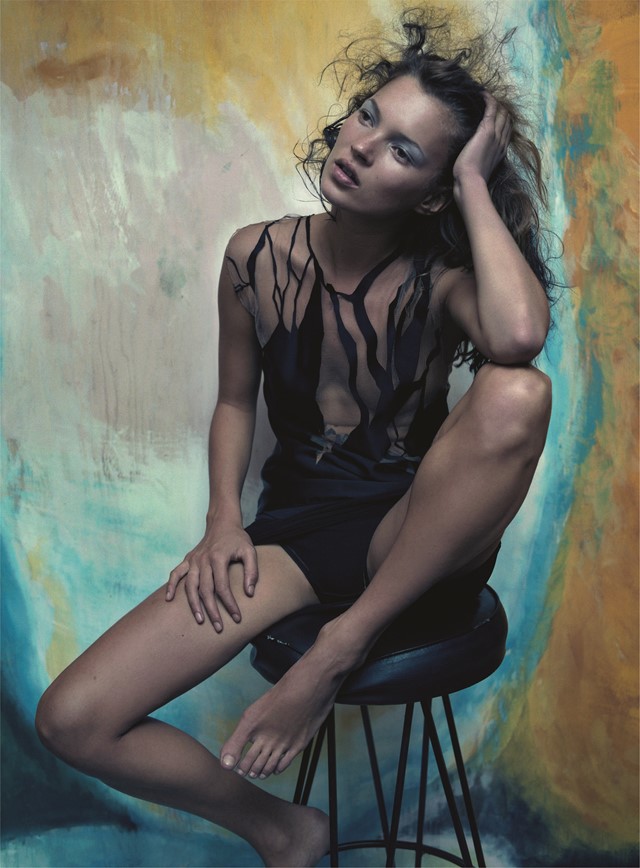The eminent designer tells Laura Jordan about her inaugural tome – one she considers "not a classic fashion book," but rather something "far more personal"
In the foreword to Martine Sitbon: Alternative Vision, the first book dedicated to the work of the influential designer, Sitbon’s husband and long-time collaborator art director Marc Ascoli writes, "Martine is ambivalent – profound and playful". It’s a fitting description not only of the woman (“Well Marc knows me very well!” Sitbon laughs on the phone from Paris) but of her work, which is a poetic balance of the delicate and the tough. “One of my inspirations is this mixing; sports clothes with evening clothes, military coats with evening. I don’t like a total silhouette,” she explains. From the dandyish suiting with which she made her name, to the wispy slips in velvet devoré and mousseline that cemented it, Sitbon was one of the leading architects of the fashion landscape in the ’90s and early 2000s with her ‘rock n romantic’ aesthetic. It’s a look that still feels relevant today, and one that resonates with both women and industry insiders (heralded by Karl Lagerfeld as the “only living designer”, Sitbon mentored Phoebe Philo and Isabel Marant).
This mix-it-up spirit is evident in Alternative Vision, which feels more intimate than just another glossy fashion tome. A kind of luxe reimagining of a scrap-book, Alternative Vision is designed by Ascoli and explores Sitbon’s archive through a mix of contributions from collaborators to never-before-seen shots and sketches. “I didn’t want to do a classic book with fashion show pictures, I wanted to do something far more personal,” she explains. “One thing I really like is trying to explore, find and develop new things. I’m always learning.”
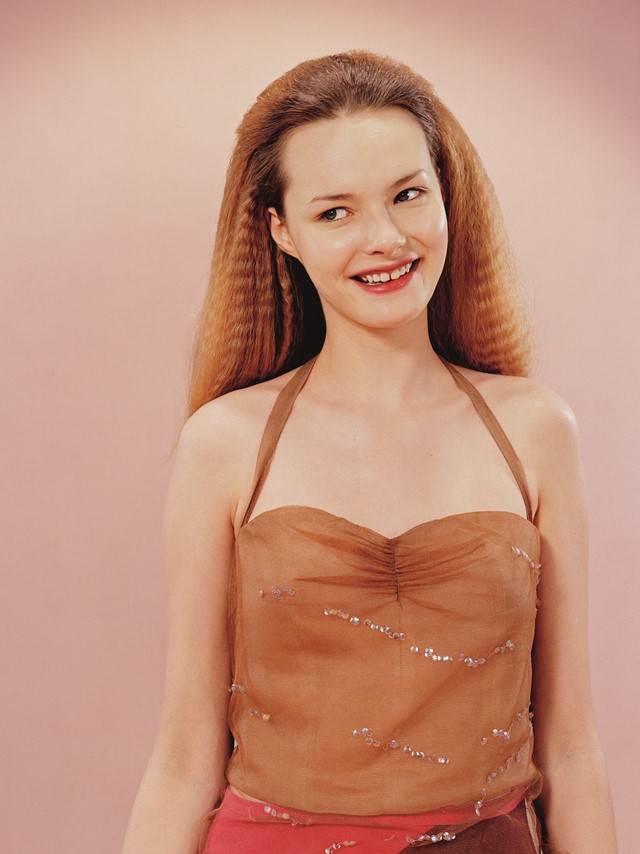
On being in the moment…
"I am always very interested in the period of time where I am. I am not a designer who did something in ’86 and is going to spend the rest of my life developing this. I really like to get my inspiration from things around me like music, art, movies. I always try to be connected with what I feel is interesting at that time. The consistent inspiration from when I started was mostly from the music: the bands, the singers. That’s what I liked when I was a teenager, it made me develop my taste, going to the flea market to find things and play around with them, men’s clothes and army clothes, more like styling in a way!"
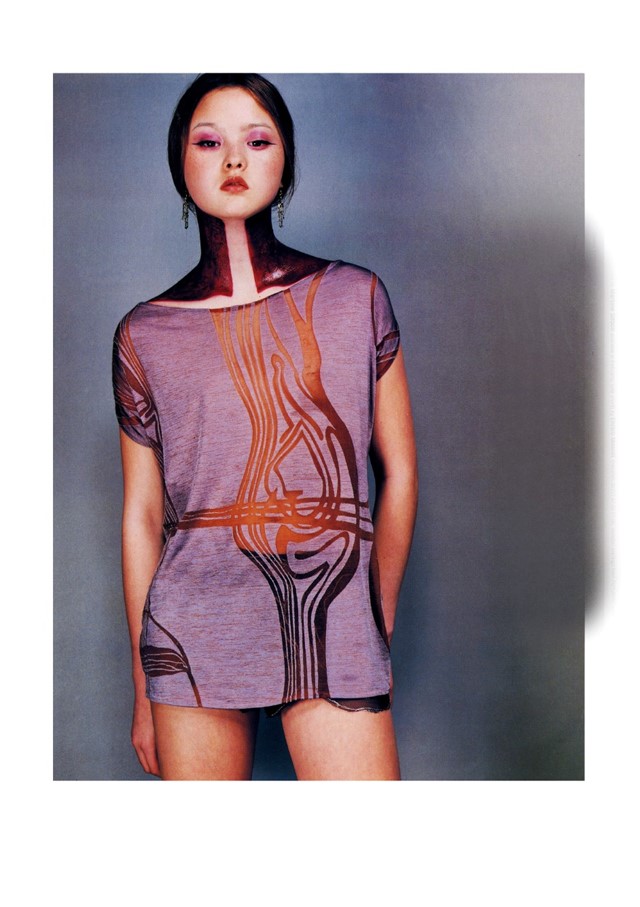
On seeing her work as a whole…
"Doing the book I learned to understand the whole process. When you do one collection after the other, sometimes you don’t have an exterior view of what you wanted to express. What I learned though was from the first collection to the last one – even if they were very different – I always have the same woman in mind. She’s not a one-dimensional figure. How she dresses depends on her mood."
On what is exciting her in contemporary fashion…
"For a few seasons now I feel like there’s been an interest in a different kind of fashion, something more alternative. Sometimes, before, there were all these clothes – very nice – but everybody doing the same thing, like uniforms. I don’t think they’re not good, they’re very good, but how many collections can we do the same? I think now there is an interest for something with more personality. I find the collections more special now. That’s what’s exciting now."
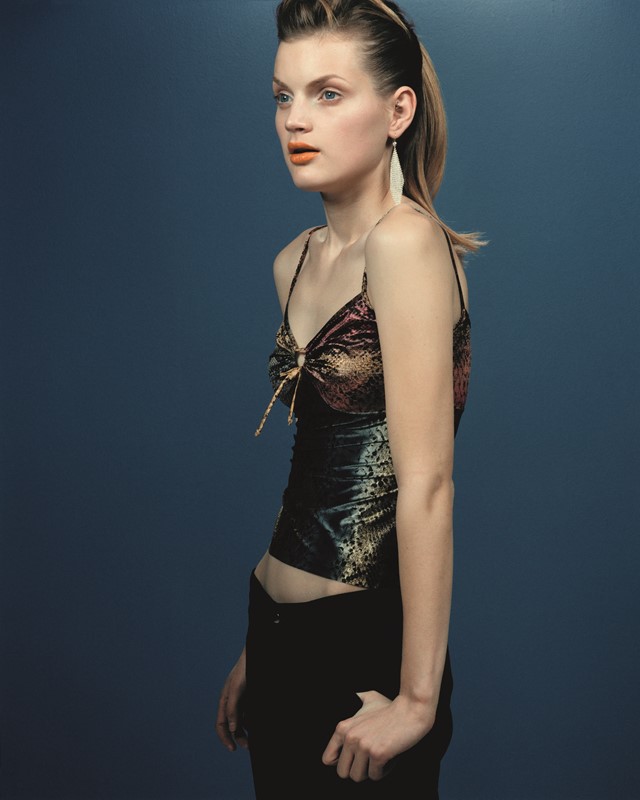
On simplicity vs. strength...
"The pictures are beautiful by themselves but I also love the girls, what they represent and the attitude. I love this one because for me it was important when I did this collection, it looks like nothing – just a T-shirt, you know! – but it was showing ‘this is an attitude, you don’t [just] need to do show pieces for the runway’. They were simple but the girl was very strong."
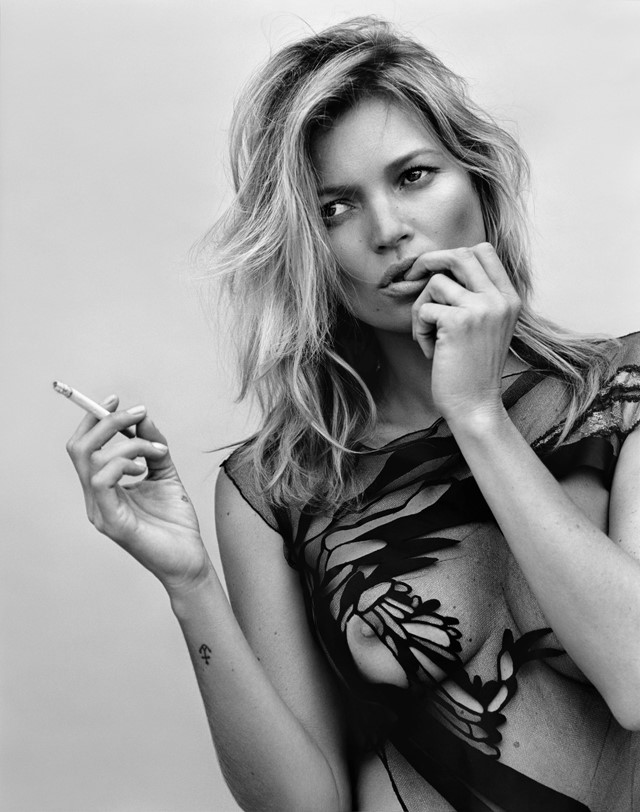
On the importance of thinking about the woman wearing the clothes...
"I love Kate Moss and these collections, 1997/98, with all the devoré, were very important for me. I like that you have the picture from 1997 [lead image] and then in the 2014 Alasdair McLellan picture she is wearing the same things and I like that because it’s the attitude. What I always wanted to say in the collections was that, for me, the woman wearing the clothes is important. I like strong women. I like women with personality, so the clothes always have to serve in that way and never be stronger than the woman wearing them."
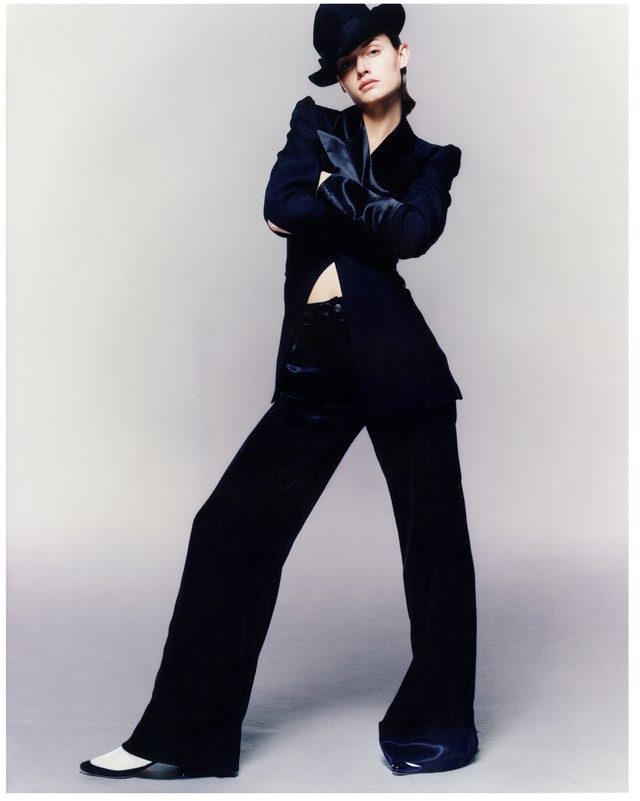
On androgyny...
"I love this picture. I like the attitude, the look, the pants, the jacket. I did a lot of dandy tailoring. This was very important in the ’90s for me, I think it’s important to have this as a balance toward the feminine. I like androgynous! I think it’s sexier than a woman in a dress; it’s a good balance."
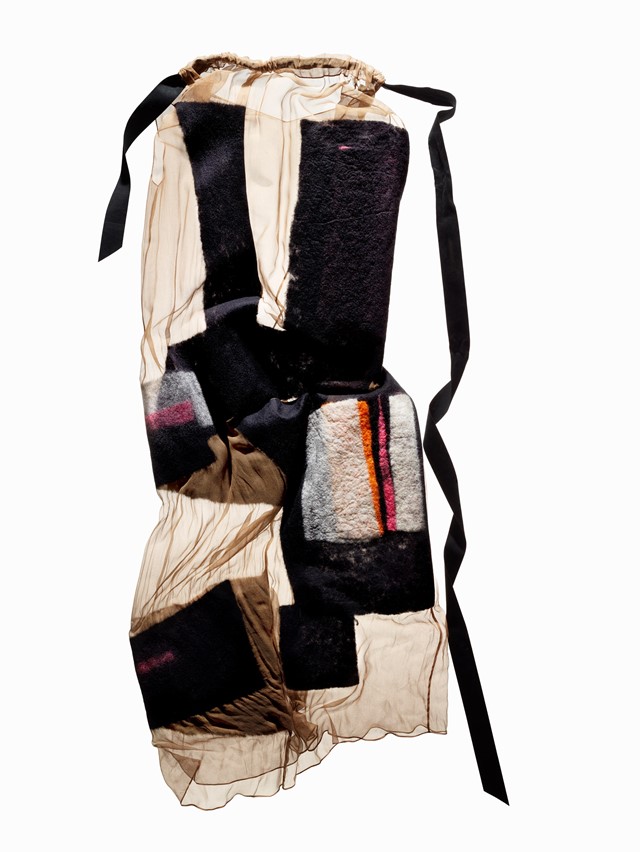
On the resonance of making clothes by hand...
"In the past I did a lot of work on materials and fabric, I think this dress represents that totally. It’s technically a crazy thing because it’s felt on chiffon, many layers of felt, because I was inspired by Rothko. You can feel it's touched by hands, not come out of a machine."
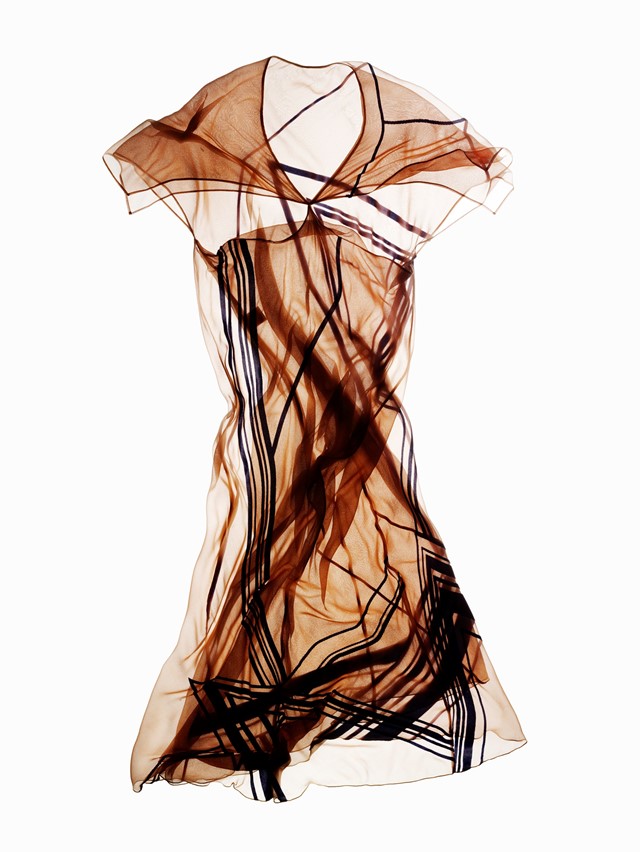
On movement and femininity...
"For me this dress represents dance. I go to a lot of contemporary dance, which is why there’s always movement in the clothes, they’re not strict on the body. It’s a sheer bias-cut dress, with only one seam. The way it falls leaves the body totally free. Clothes can be glamorous, sophisticated, fun or whatever, but at the same time they have to be comfortable, that’s one of my major things, even for evening dresses, I like them to feel like you’re wearing a T-shirt. There’s always this aspect of comfort. These two dresses represent two very important things in my work: one is the atelier, and the other is femininity and movement. Voila!"
Martine Sitbon: Alternative Vision written by Martine Sitbon and Marc Ascoli, with text by Olivier Saillard, Fabrice Paineau and Angelo Flaccavento, is published October 4 2016 by Rizzoli.
